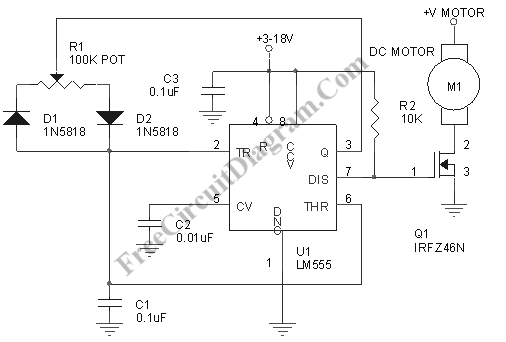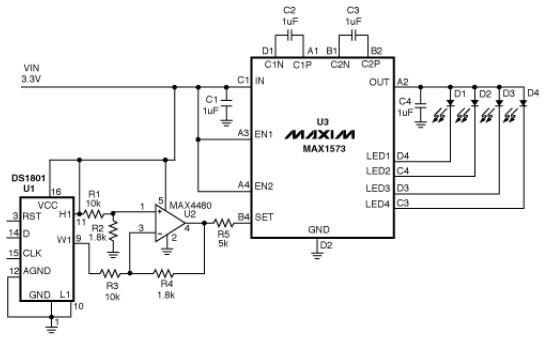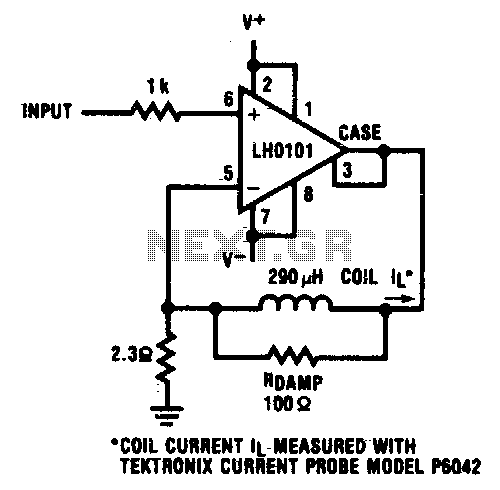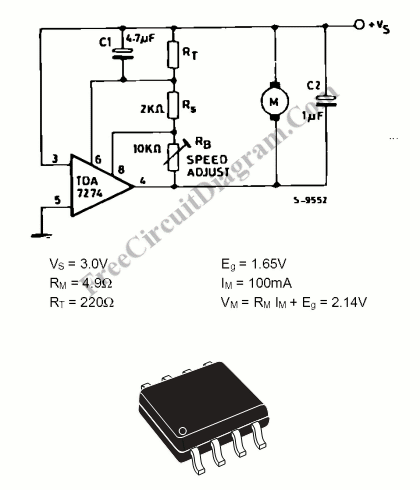
NJM3772 NJM3772 DUAL STEPPER MOTOR DRIVER

This device is a two-line audio EMI filter array designed for speaker applications. It provides greater than 35 dB attenuation at frequencies ranging from 800 MHz to 3.0 GHz. Additionally, this device offers ESD protection by clamping transients from static discharges, with ESD protection provided across all capacitors. Manufactured by ON Semiconductor.
The two-line audio EMI filter array serves to mitigate electromagnetic interference (EMI) in speaker applications, ensuring high fidelity audio performance. The filter's design emphasizes the suppression of unwanted high-frequency noise while maintaining the integrity of the audio signal. With an attenuation of over 35 dB in the specified frequency range, it effectively reduces interference from various sources, including RF transmissions and digital devices, which can adversely affect audio quality.
The ESD protection feature is critical for safeguarding sensitive electronic components from voltage spikes caused by electrostatic discharges. This device incorporates capacitors that are strategically placed to clamp transients, thus preventing potential damage to the audio circuitry. The inclusion of ESD protection across all capacitors enhances the reliability and durability of the device, making it suitable for use in environments where static electricity is prevalent.
The schematic representation of this audio EMI filter array would typically include input and output connections for the audio signals, along with the arrangement of capacitors and resistors that form the filter network. The components would be arranged to ensure optimal performance across the specified frequency range, with careful attention to the layout to minimize parasitic inductance and capacitance that could affect filter performance.
In conclusion, this two-line audio EMI filter array is a vital component for ensuring high-quality audio output in speaker systems, providing both EMI suppression and robust ESD protection.This device is a 2 line Audio EMI Filter array designed for speaker applications. It offers greater than 35 dB attenuation at frequencies from 800 MHz to 3. 0 GHz. This device also offers ESD protectionclamping transients from static discharges and ESD protection is provided across all capacitors. By ON Semiconductor 🔗 External reference
The two-line audio EMI filter array serves to mitigate electromagnetic interference (EMI) in speaker applications, ensuring high fidelity audio performance. The filter's design emphasizes the suppression of unwanted high-frequency noise while maintaining the integrity of the audio signal. With an attenuation of over 35 dB in the specified frequency range, it effectively reduces interference from various sources, including RF transmissions and digital devices, which can adversely affect audio quality.
The ESD protection feature is critical for safeguarding sensitive electronic components from voltage spikes caused by electrostatic discharges. This device incorporates capacitors that are strategically placed to clamp transients, thus preventing potential damage to the audio circuitry. The inclusion of ESD protection across all capacitors enhances the reliability and durability of the device, making it suitable for use in environments where static electricity is prevalent.
The schematic representation of this audio EMI filter array would typically include input and output connections for the audio signals, along with the arrangement of capacitors and resistors that form the filter network. The components would be arranged to ensure optimal performance across the specified frequency range, with careful attention to the layout to minimize parasitic inductance and capacitance that could affect filter performance.
In conclusion, this two-line audio EMI filter array is a vital component for ensuring high-quality audio output in speaker systems, providing both EMI suppression and robust ESD protection.This device is a 2 line Audio EMI Filter array designed for speaker applications. It offers greater than 35 dB attenuation at frequencies from 800 MHz to 3. 0 GHz. This device also offers ESD protectionclamping transients from static discharges and ESD protection is provided across all capacitors. By ON Semiconductor 🔗 External reference





